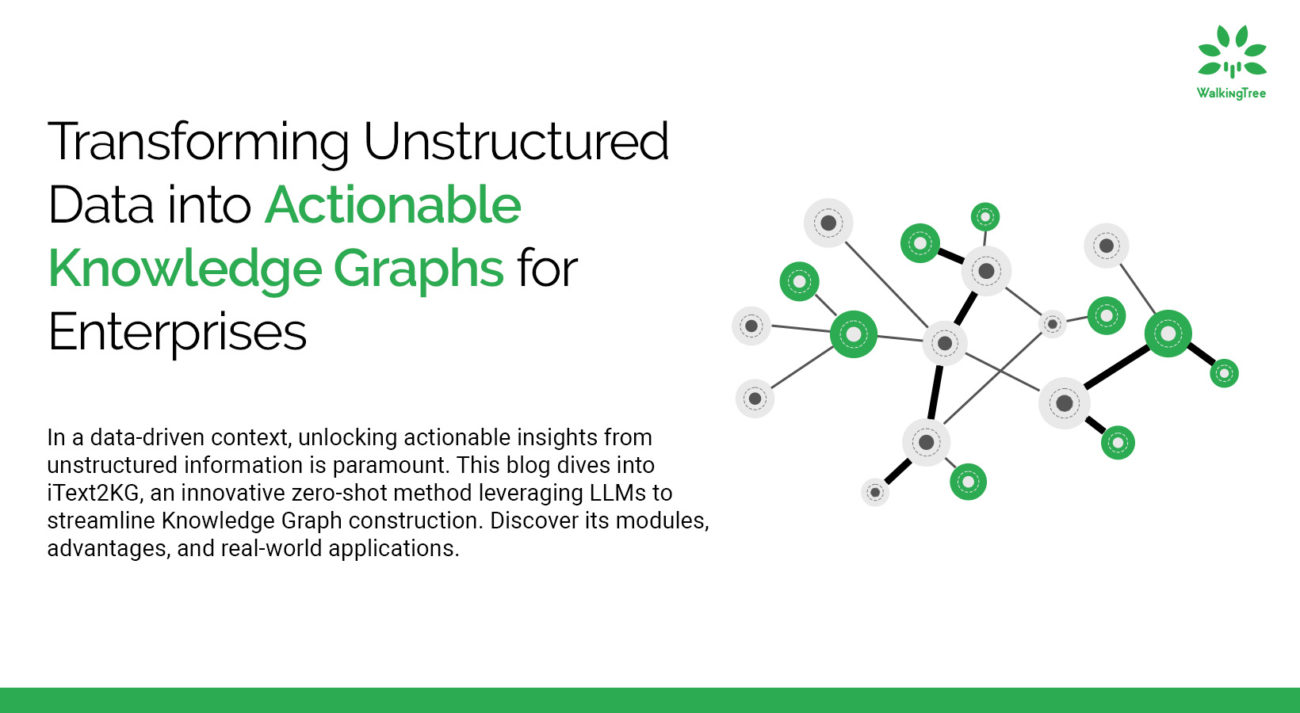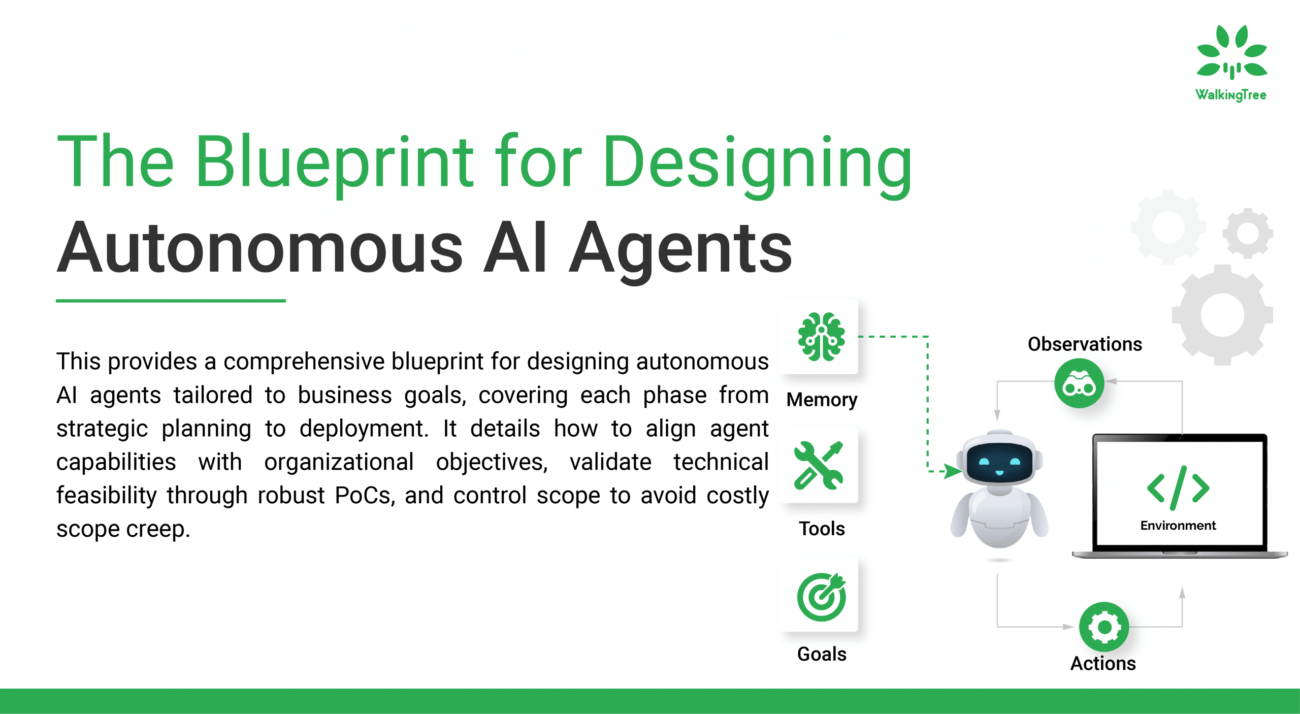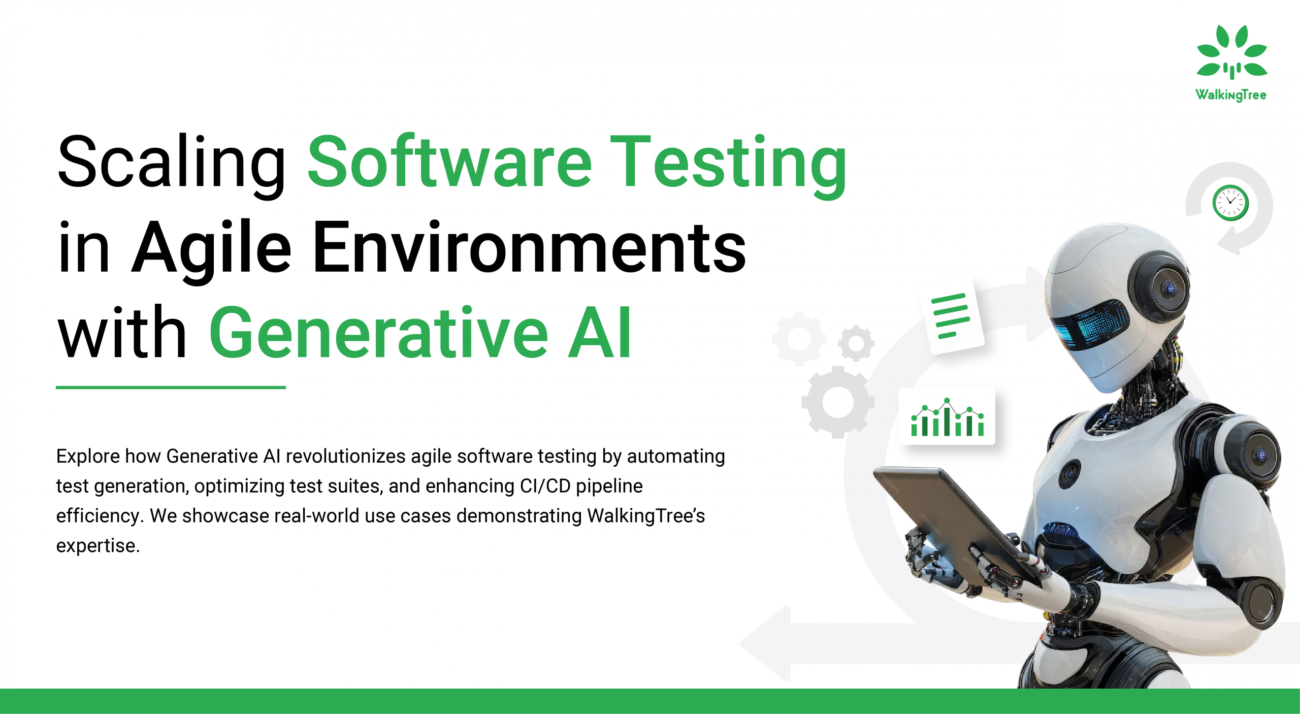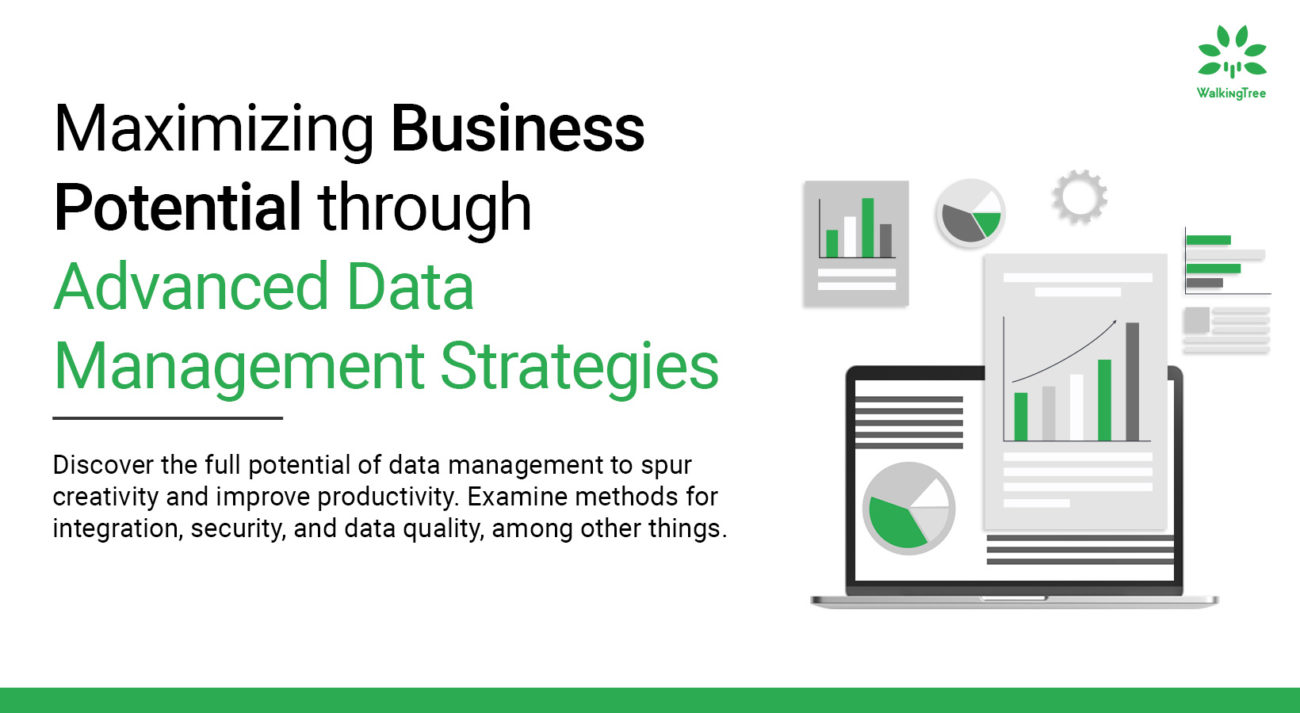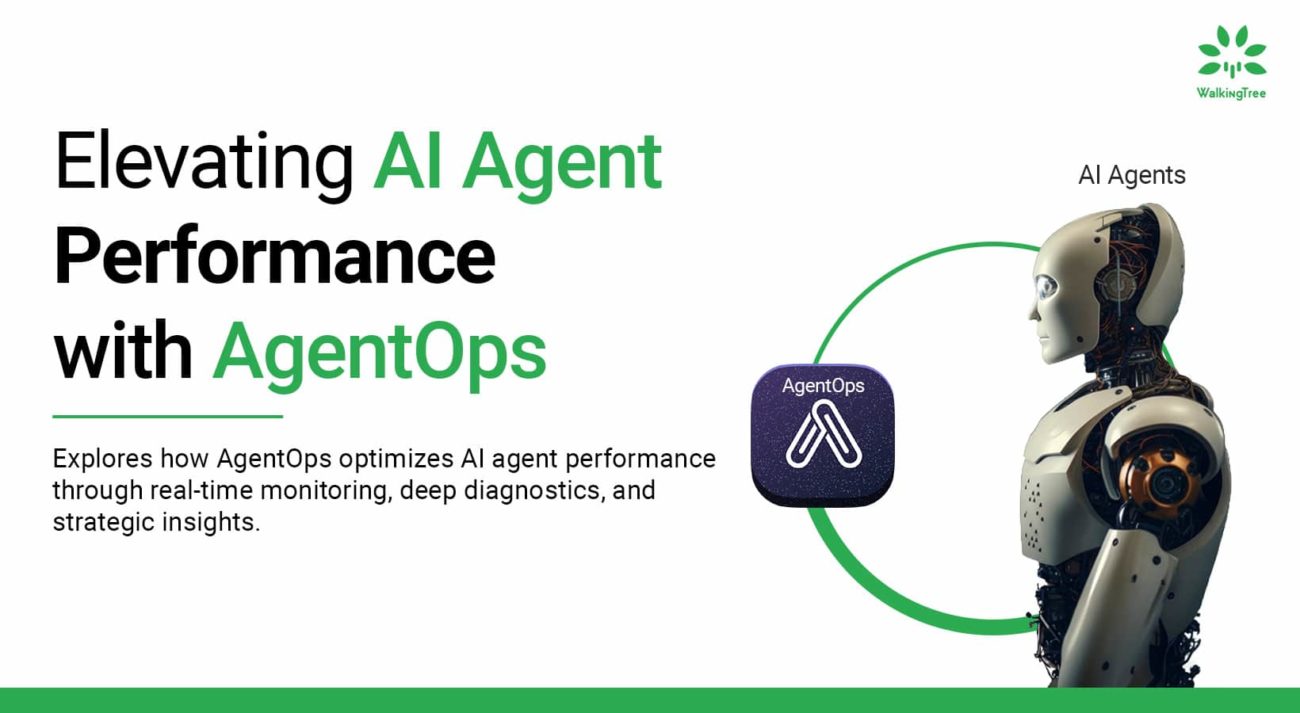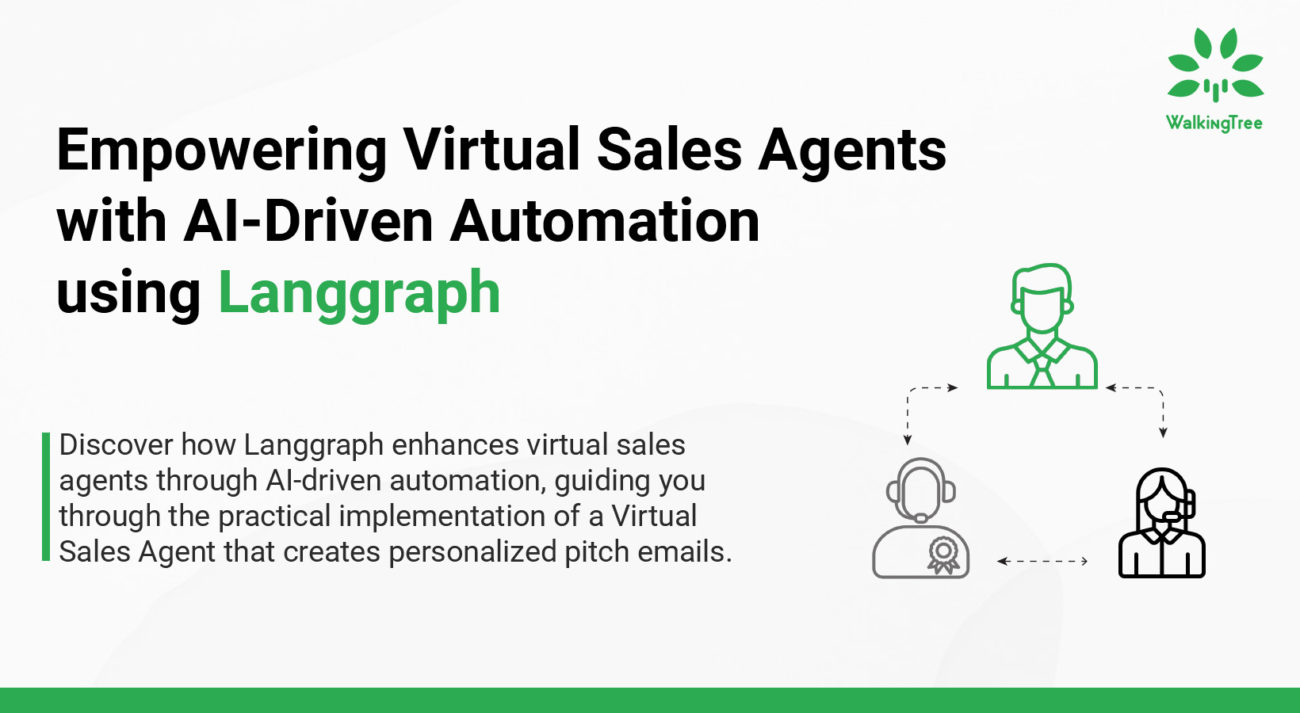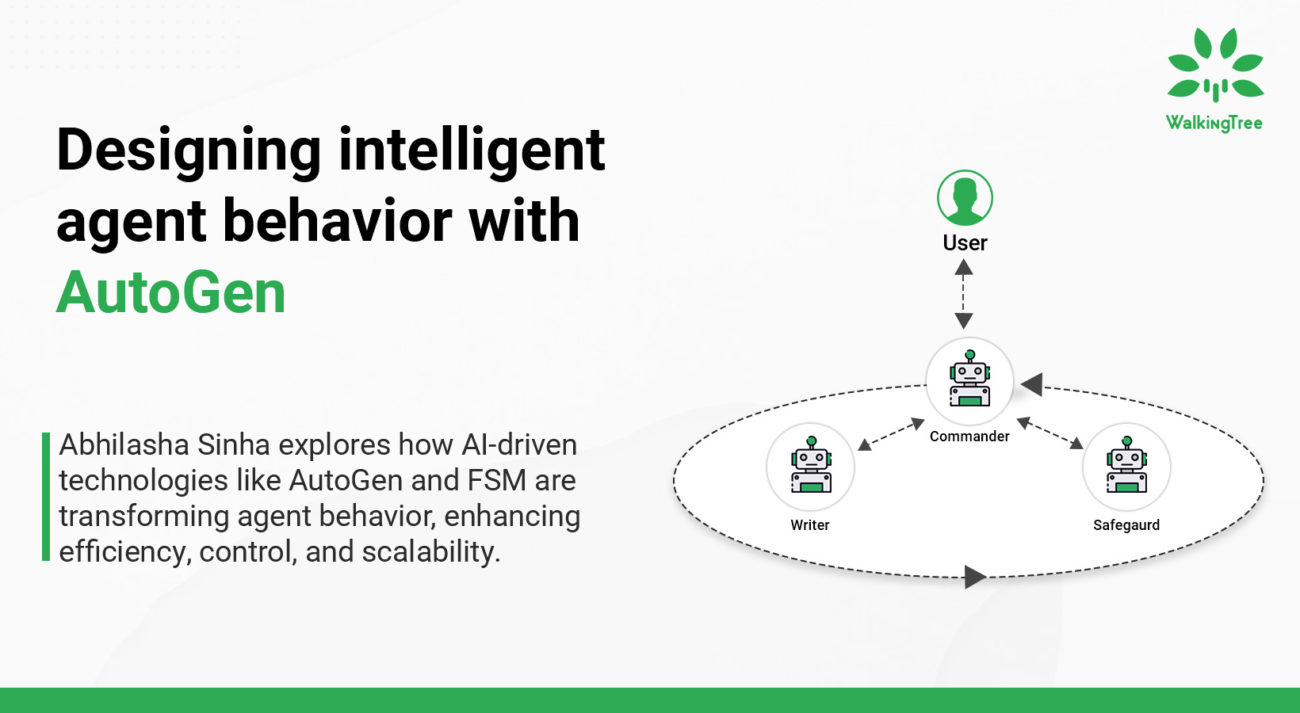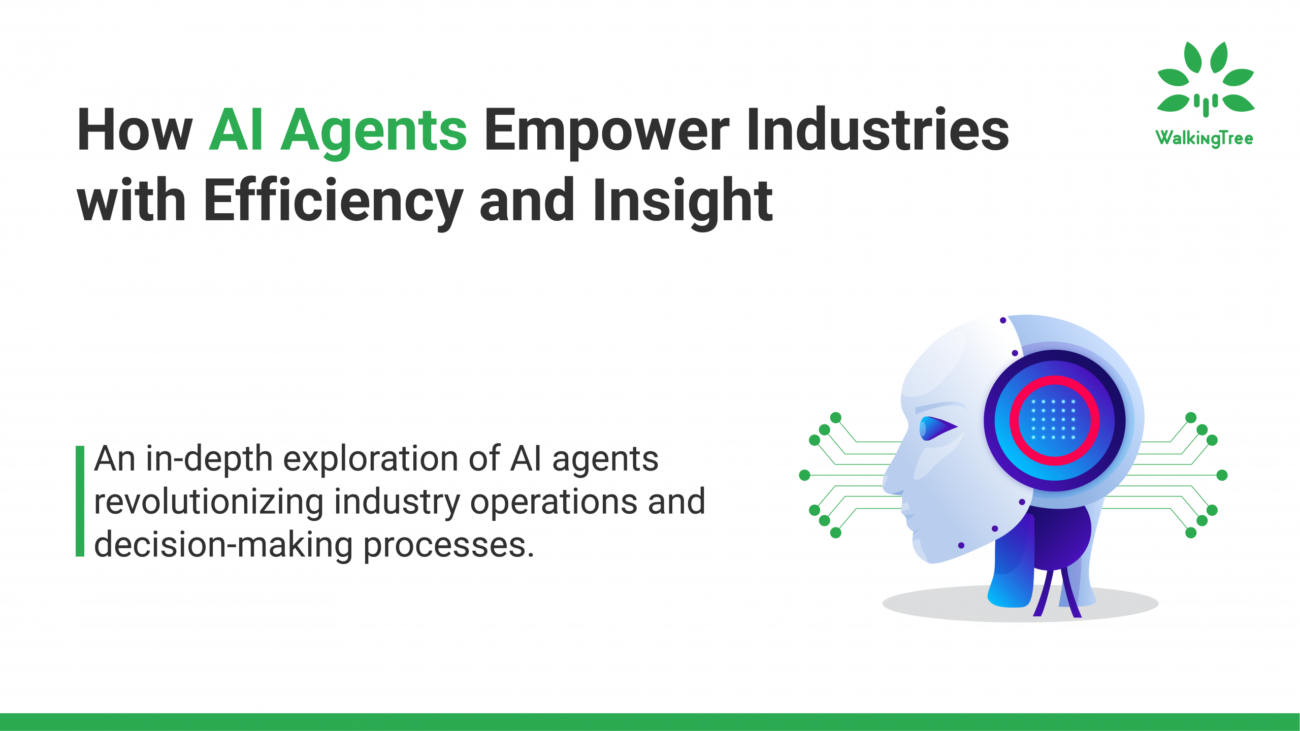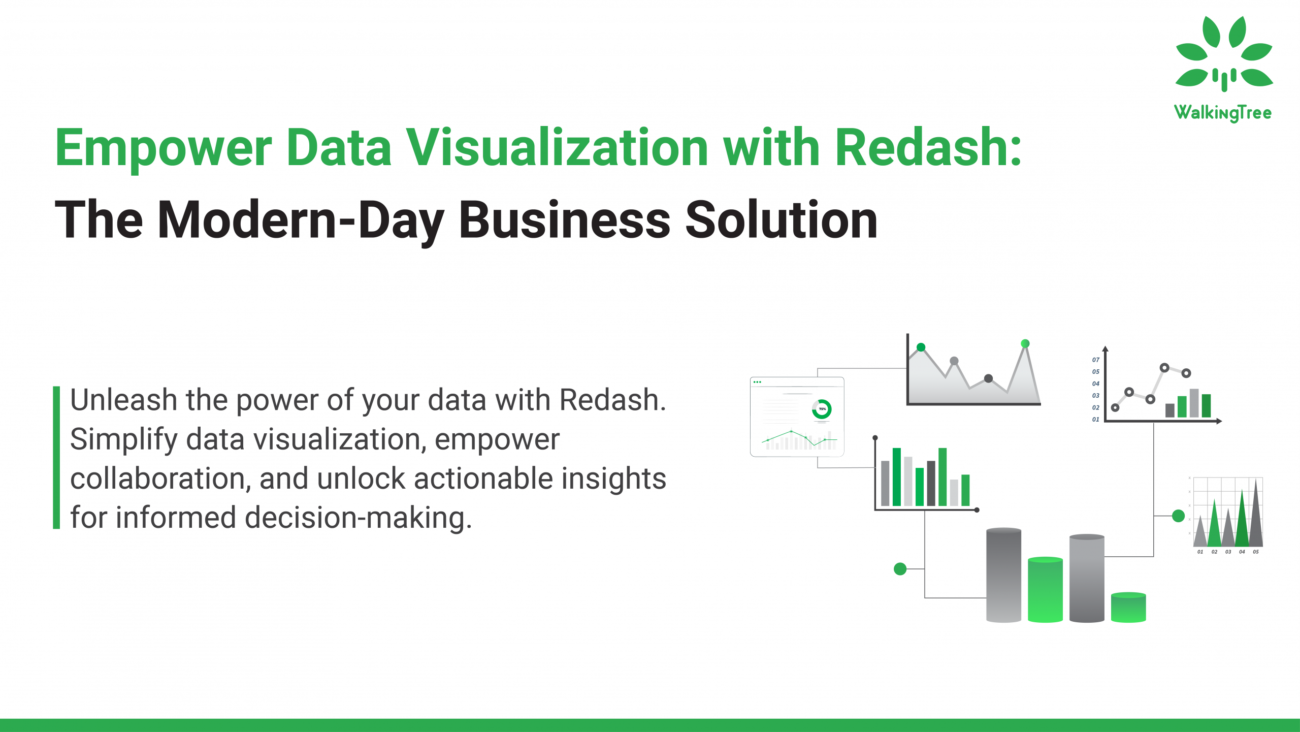
Blogs
How to find the best Test Automation Partner
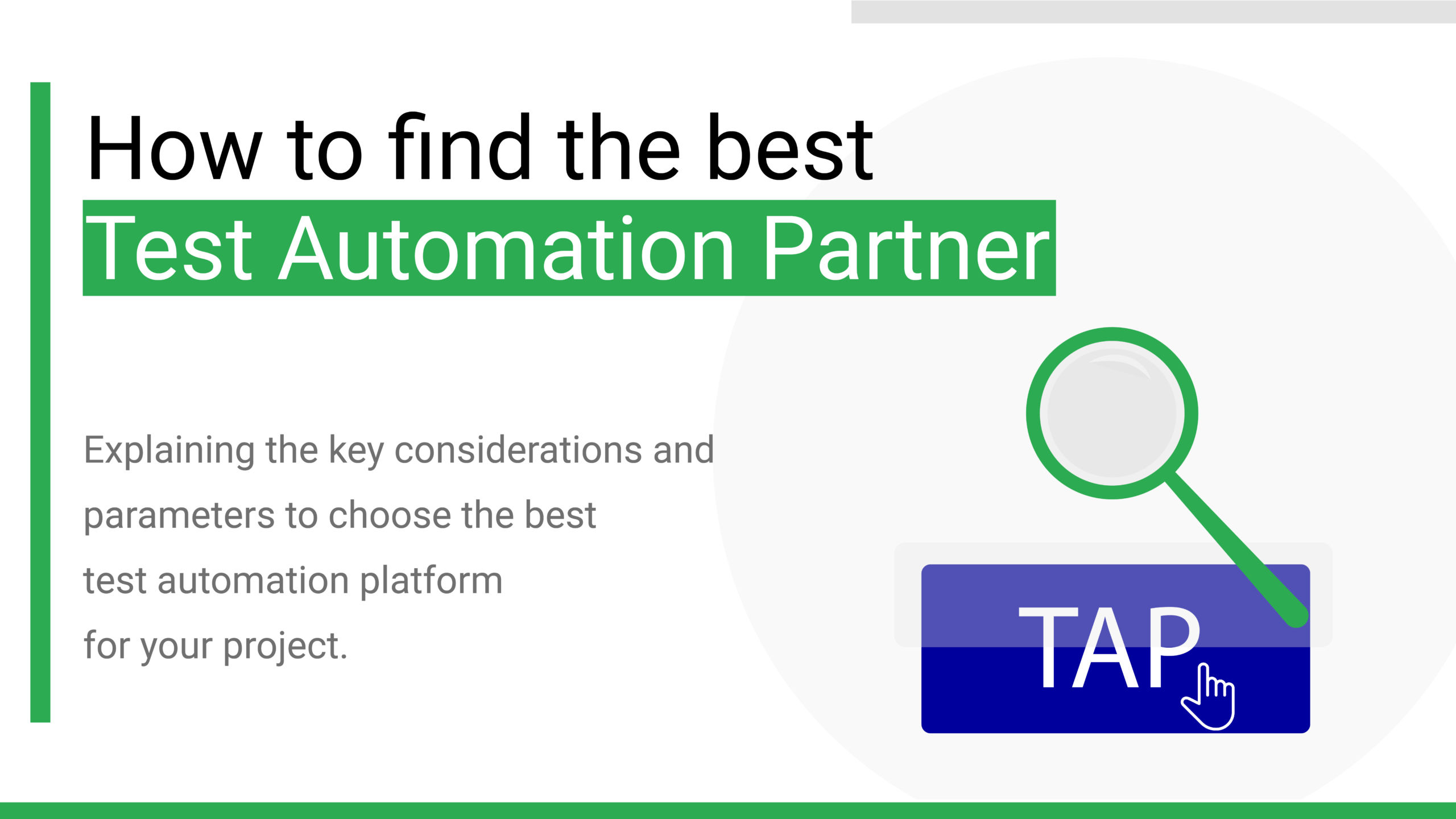
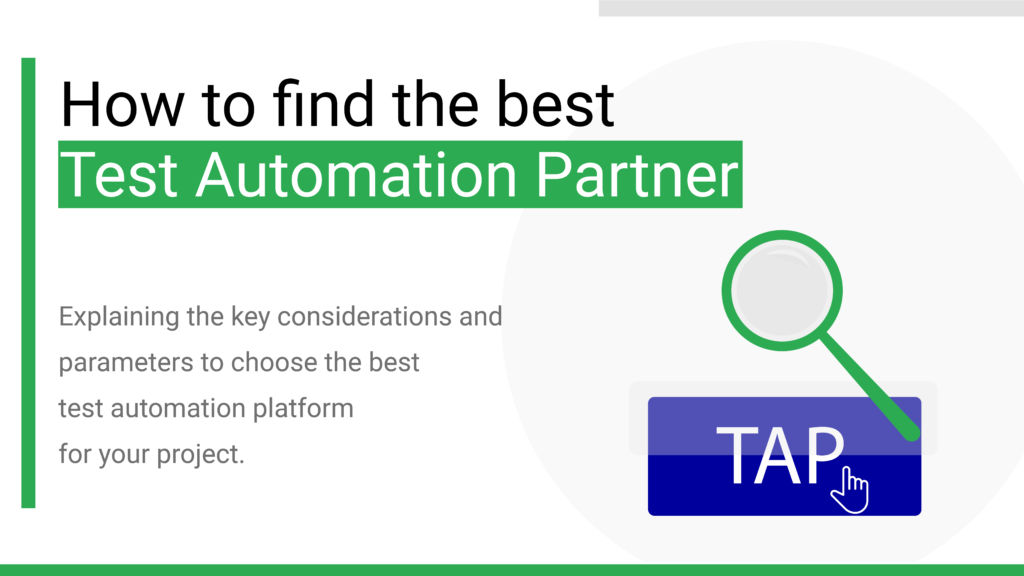
In the fast-paced world of software development, test automation has become a cornerstone for ensuring quality and efficiency. By automating repetitive and time-consuming testing tasks, companies can accelerate their development cycles, reduce human error, and improve overall software quality. However, the success of test automation heavily relies on partnering with the right expertise. This blog aims to guide you through the process of finding the best test automation partner, ensuring your investment in automation yields the desired results.
Key points we will cover in this blog:
- Understanding your needs
- Evaluating potential partners
- Key factors to consider
- Making the decision
- Building a successful partnership
- Why WalkingTree should be your Test Automation Partner
|Understanding Your Needs
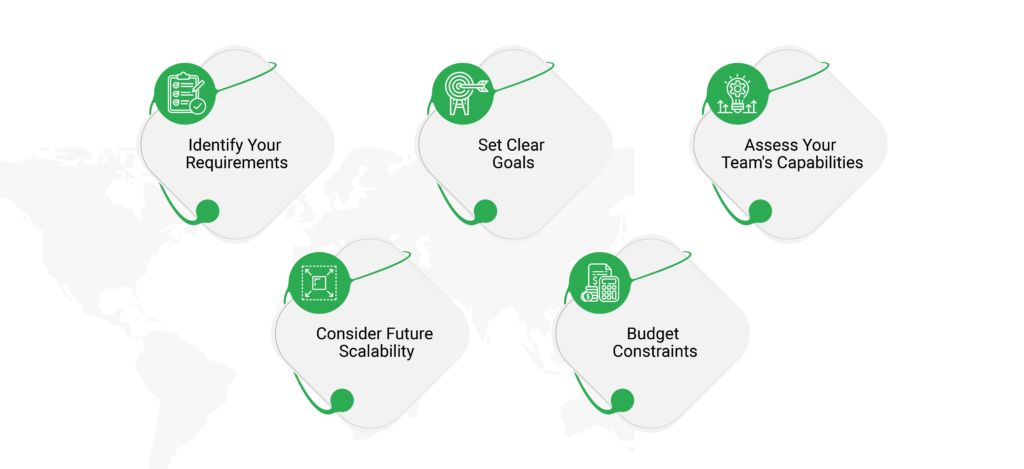
Identify Your Requirements: Before initiating the search for a test automation partner, it’s crucial to have a comprehensive understanding of your project’s specific needs. Start by evaluating your current testing processes to identify gaps and inefficiencies. Consider the following aspects:
- Scope of Automation: Determine which parts of your testing process can and should be automated. This might include repetitive tasks, regression testing, or areas prone to human error.
- Technology Stack: Understand the technology stack of your application, including programming languages, databases, and third-party integrations. Your ideal partner should have expertise in these technologies.
- Project Complexity: Evaluate the complexity of your application, considering factors like the number of features, user interfaces, and integration points.
- Domain Knowledge: In certain industries like finance, healthcare, or e-commerce, domain-specific knowledge is crucial for effective testing.
Set Clear Goals: Establishing clear, measurable goals for test automation is vital for both guiding your search for a partner and evaluating the success of your efforts. These goals should align with your broader business objectives and software development goals. Consider:
- Improving Test Coverage: Aim to cover more aspects of your application with automated tests to ensure thorough quality checks.
- Reducing Time-to-Market: If faster release cycles are a priority, focus on how automation can speed up the testing process.
- Enhancing Test Accuracy: Automated tests can be more precise and consistent than manual testing, reducing the risk of defects slipping into production.
- Cost Reduction: While the initial investment in automation can be significant, the long-term goal may include reducing overall testing costs.
Assess Your Team’s Capabilities: It’s also important to assess the capabilities and limitations of your in-house team. Do you have the necessary skills to develop and maintain an automated test suite, or do you need a partner who can handle end-to-end automation? Understanding your team’s strengths and weaknesses will help in finding a partner that complements your team rather than overlaps with it.
Consider Future Scalability: Think about the future trajectory of your product. Will your testing needs grow or change significantly? A partner who can scale their services to match your evolving needs will be a valuable asset as your project grows.
Budget Constraints: Be realistic about your budget for test automation. It’s essential to balance your needs and goals with what you can afford. This will help you in finding a partner who can deliver the best value within your budget constraints.
|Evaluating Potential Partners
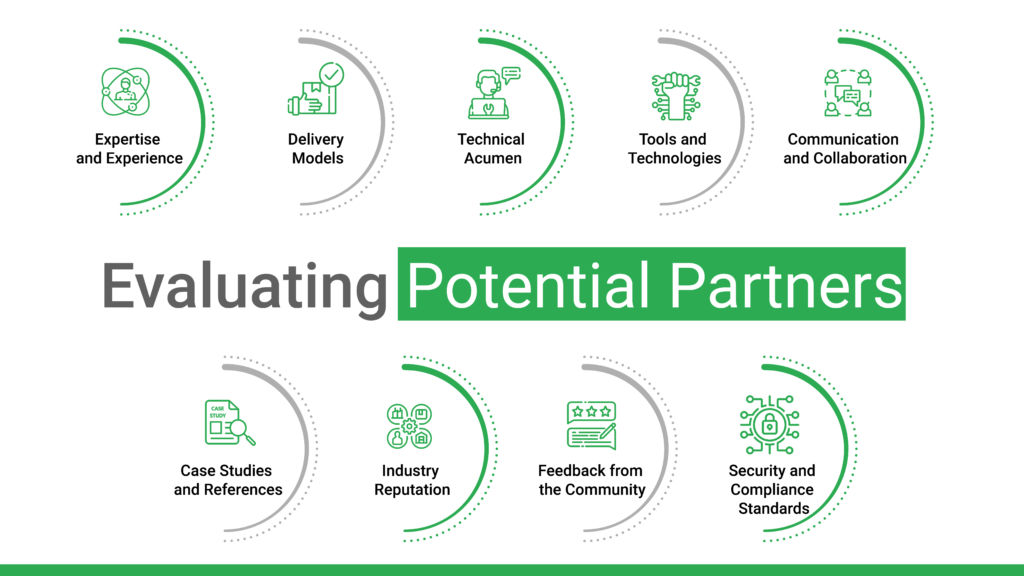
Expertise and Experience: Delving deeper into the expertise and experience of potential partners is key. It’s not just about the number of years in the industry but the relevance of their experience to your specific needs. Assess their track record in handling projects similar to yours in size, complexity, and technological stack. Inquire about their team’s qualifications, certifications, and continued professional development practices. Look for a mix of seasoned experts and talented newcomers who can bring fresh perspectives.
Delivery Models: Different projects have varying requirements, and the optimal delivery model can significantly impact project success. Understanding a potential partner’s expertise in different models and aligning it with your specific needs is crucial. Consider the following delivery models:
- Offshore: This model leverages resources located in a different country, often with lower labor costs. It can be cost-effective for repetitive tasks but may present challenges in terms of communication and time zone differences. Offshore models are often more budget-friendly but may require additional investment in communication tools and infrastructure.
- Onsite: This model involves embedding the partner’s testing team within your organization, fostering close collaboration and real-time communication but requiring higher upfront costs. Tight deadlines may necessitate an onsite team for faster communication and responsiveness.
- Hybrid: This model combines elements of both offshore and onsite models, offering flexibility and cost-effectiveness. You can outsource specific tasks while maintaining a smaller onsite team for critical functions. Larger and more complex projects might benefit from a hybrid approach, leveraging offshore resources for routine tasks while keeping core functions onsite.
Technical Acumen: The technical capabilities of a partner are fundamental. Do they have a robust understanding of various testing methodologies, such as Agile or Waterfall? Assess their proficiency in different types of testing like functional, performance, load, and security testing. A partner with a comprehensive approach to test automation, and understanding its nuances, is likely to deliver more effective solutions.
Tools and Technologies: Beyond basic knowledge of popular tools like Selenium or QTP/UFT, explore their expertise in integrating test automation with CI/CD pipelines, their experience with cloud-based testing environments, and their ability to customize tools or develop proprietary solutions if needed. The adaptability of a partner to new technologies and tools is crucial as it reflects their ability to stay relevant in a rapidly evolving field.
Communication and Collaboration: Evaluate their communication style and tools. How do they ensure seamless interaction between their team and yours? Look for partners who employ collaborative platforms and practices that promote transparency and real-time updates. Effective collaboration also hinges on their ability to integrate seamlessly with your team’s working style, time zone considerations, and project management methodologies.
Case Studies and References: When reviewing case studies, focus on the outcomes and the challenges faced during the projects. How did the partner overcome specific hurdles? What innovative solutions did they bring to the table? References are equally important – talking to past or current clients can provide insights into the partner’s reliability, adaptability, and overall quality of service.
Industry Reputation: Investigate their standing in the industry. Are they recognized for their thought leadership? Do they contribute to industry forums, publish whitepapers, or speak at conferences? A partner with a strong industry reputation is likely to be more reliable and up-to-date with the latest trends and best practices.
Feedback from the Community: Sometimes, peer reviews and community feedback can provide an unfiltered view of a partner’s strengths and weaknesses. Explore online forums, social media, and professional networks to gauge the broader community’s opinion about the potential partners.
Security and Compliance Standards: With the increasing importance of data security and privacy, ensure that your partner has a strong framework for security and compliance. This includes adherence to global standards and regulations, regular security audits, and a commitment to confidentiality and data protection.
|Key Factors to Consider
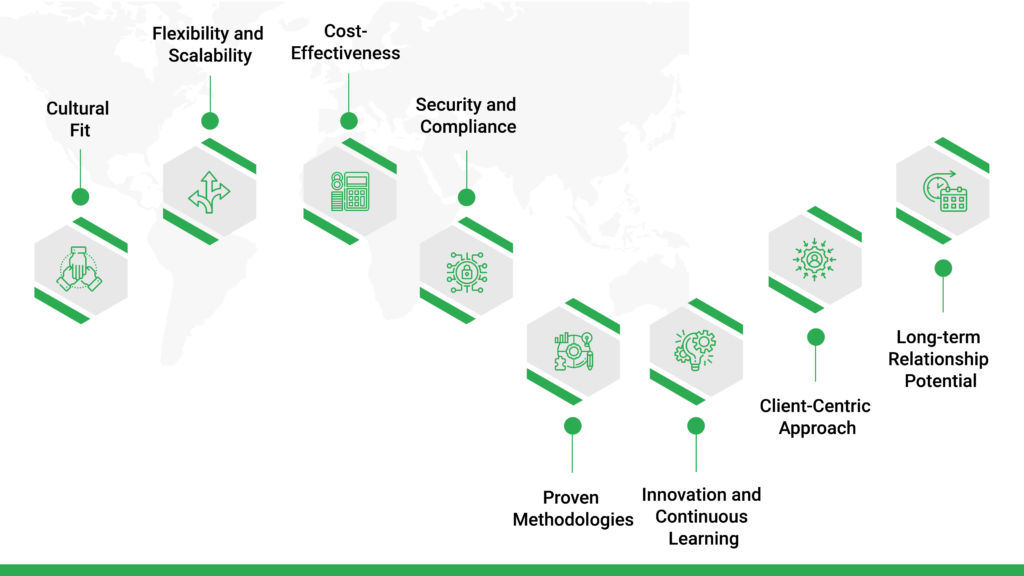
Cultural Fit: The significance of cultural alignment cannot be overstated. A partner whose working style, communication approach, and values resonate with your organization’s culture can dramatically enhance team synergy and project success. Consider how they handle conflict resolution, their decision-making process, and their attitude toward innovation and change. A cultural mismatch can lead to misunderstandings, misaligned expectations, and a less collaborative working environment.
Flexibility and Scalability: Your project requirements may evolve, and the ability of a partner to adapt to these changes is crucial. Evaluate how they have managed changes in scope or direction in past projects. Can they scale their resources up or down based on your project needs? A partner who can offer flexible engagement models, such as dedicated teams or on-demand resources, will be more equipped to handle the dynamic nature of software projects.
Cost-Effectiveness: It’s important to consider the total cost of engaging with a test automation partner, which includes more than just the upfront fees. Assess the value they bring in terms of efficiency, the quality of work, and the potential return on investment. Be wary of partners who offer significantly lower quotes as this can sometimes lead to compromised quality or hidden costs down the line. A transparent pricing model without hidden fees is a sign of a trustworthy partner.
Security and Compliance: In an age where data breaches are common, ensuring that your test automation partner adheres to stringent security protocols is essential. This includes compliance with industry standards such as ISO 27001, GDPR, or specific regulations relevant to your industry like HIPAA for healthcare. Inquire about their data handling policies, security measures in their development and testing environments, and how they ensure the confidentiality of sensitive information.
Proven Methodologies: Investigate the methodologies and processes the partner employs in their test automation practices. Do they follow established frameworks like Agile or DevOps? How do they ensure the quality and consistency of their testing processes? A partner with well-defined, proven methodologies is likely to be more reliable and effective in their delivery.
Innovation and Continuous Learning: The field of test automation is continuously evolving with new tools, technologies, and practices emerging regularly. A partner who prioritizes innovation and continuous learning will keep your testing strategies up-to-date with the latest advancements. Look for signs of their commitment to innovation, such as investing in R&D, adopting new technologies, and providing ongoing training to their team.
Client-Centric Approach: A partner who puts your needs and satisfaction at the forefront of their service is invaluable. This includes their willingness to go the extra mile, their responsiveness to your queries and concerns, and their flexibility in adapting to your project’s changing requirements. Client testimonials and case studies can shed light on their approach to client relations.
Long-term Relationship Potential: Consider whether a potential partner is someone you can build a long-term relationship with. The benefits of a long-term partnership include a deeper understanding of your business goals, more tailored solutions, and often, more favorable pricing and service terms. Assess their commitment to building lasting relationships with their clients.
|Making the Decision
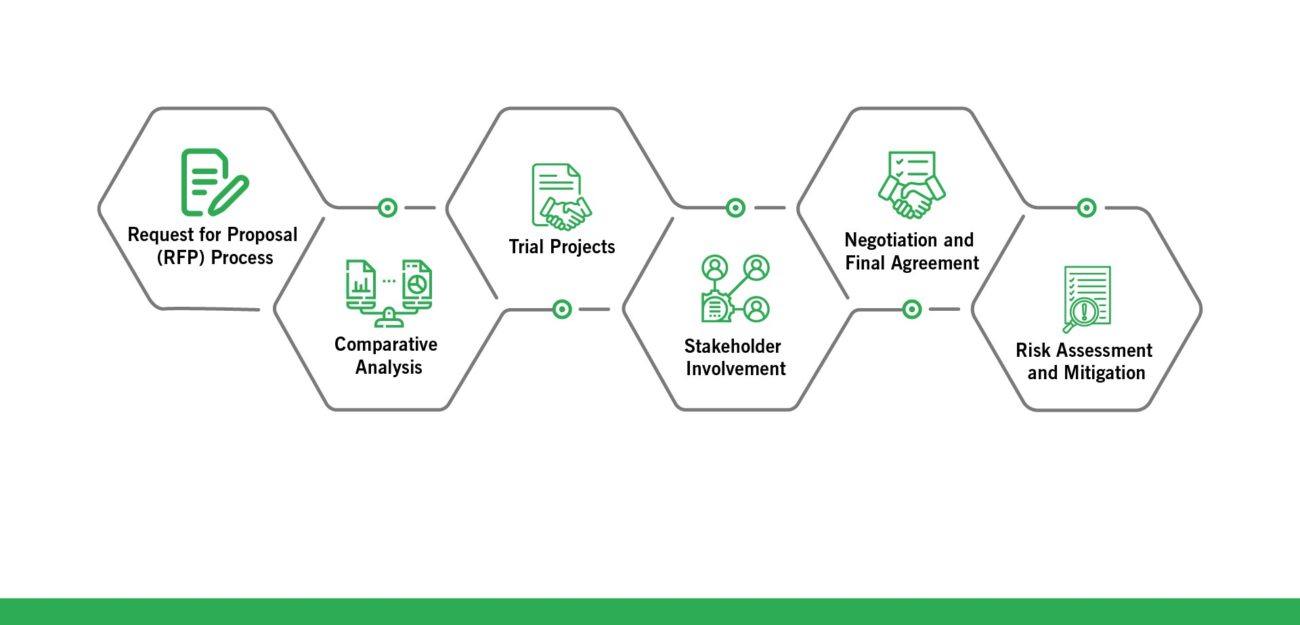
Request for Proposal (RFP) Process: The RFP process is a critical step in selecting a test automation partner. It’s not just about listing your requirements but also about inviting potential partners to propose solutions that meet these requirements. A well-structured RFP should include your project objectives, scope, technical requirements, expected timelines, and evaluation criteria. Encourage vendors to provide detailed information about their approach, methodology, team composition, and case studies. This process not only gathers valuable information but also tests the vendors’ understanding of your project and their ability to provide a tailored response.
Comparative Analysis: Once you have received all proposals, conduct a thorough comparative analysis. Develop a scoring system based on your key criteria such as expertise, approach, cost, and cultural fit. This systematic evaluation helps in objectively assessing each vendor’s strengths and weaknesses relative to your specific needs. It’s important to involve key stakeholders in this process to ensure all perspectives are considered.
Trial Projects: Before making a long-term commitment, consider engaging shortlisted partners in a trial project. This can be a small-scale project or a pilot phase of a larger project. The goal is to evaluate the partner’s actual performance in a real-world scenario. Pay attention to their technical capabilities, adherence to deadlines, quality of communication, and problem-solving abilities. This step often provides the most insightful information into what working with the partner would be like.
Stakeholder Involvement: Deciding on a test automation partner should be a collaborative decision involving key stakeholders. This includes not just management, but also members of your technical team who will work directly with the partner. Their insights can be invaluable in assessing the practical aspects of the partnership.
Negotiation and Final Agreement: Once you’ve identified your preferred partner, enter into negotiations with a clear understanding of your priorities. This includes discussing pricing, contract terms, confidentiality agreements, and service level agreements (SLAs). It’s important to strike a balance between getting favorable terms and maintaining a healthy, collaborative relationship with the partner.
Risk Assessment and Mitigation: Finally, assess any potential risks involved in partnering with the chosen vendor. This includes considering factors such as dependency on the vendor, data security risks, and contingency plans in case the partnership does not work out as expected. Develop a risk mitigation strategy to address these concerns.
|Building a Successful Partnership
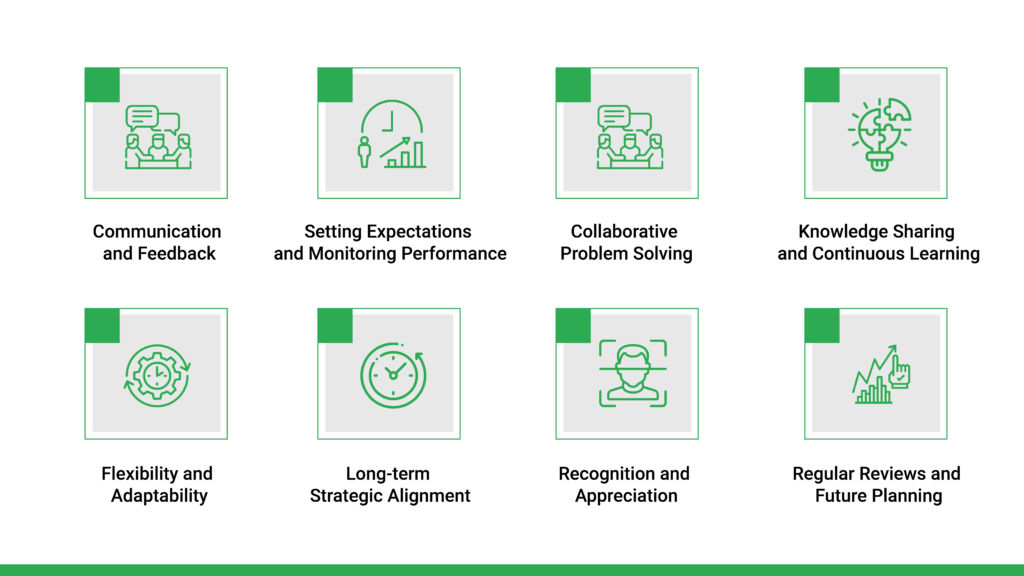
Communication and Feedback: Establishing clear and consistent channels of communication is essential for a successful partnership. Regular check-ins, progress reports, and strategy meetings should be scheduled to ensure alignment and address any concerns promptly. Encourage open and honest feedback from both sides. This ongoing dialogue helps in fine-tuning processes, resolving issues quickly, and adapting to any changes in project requirements or objectives.
Setting Expectations and Monitoring Performance: From the outset, set clear expectations regarding deliverables, timelines, and quality standards. Establish key performance indicators (KPIs) to measure the effectiveness of the test automation efforts. Regularly review these metrics to assess the partner’s performance and the value they are bringing to your project. This data-driven approach ensures accountability and helps in identifying areas for improvement.
Collaborative Problem Solving: Challenges and setbacks are inevitable in any project. A strong partnership thrives on collaborative problem-solving. Encourage a culture where challenges are openly discussed and innovative solutions are sought. This not only helps in overcoming immediate hurdles but also strengthens the partnership by building trust and mutual respect.
Knowledge Sharing and Continuous Learning: Foster an environment of mutual learning and knowledge sharing. Encourage your partner to share insights, best practices, and learnings from other projects that might be beneficial for your team. Similarly, share your own experiences and feedback that can help them improve their services. This exchange of knowledge enriches the partnership and leads to better outcomes.
Flexibility and Adaptability: The ability to adapt to changing requirements and circumstances is a hallmark of a strong partnership. Be open to adjusting strategies, processes, or even objectives as needed. A flexible approach allows both parties to navigate the complexities of software projects more effectively.
Long-term Strategic Alignment: Look beyond individual projects and consider the bigger picture of how the partnership can contribute to your long-term business goals. Engage your partner in strategic discussions and planning. This alignment ensures that the partnership remains relevant and valuable over time.
Recognition and Appreciation: Acknowledge and appreciate the successes and contributions of your partner. Celebrating achievements and milestones can boost morale and reinforce a positive, productive relationship.
Regular Reviews and Future Planning: Conduct regular review meetings to discuss the progress, achievements, and areas for improvement. Use these reviews as opportunities to plan for future projects or expansions of the partnership. Discuss upcoming challenges and how the partnership can evolve to meet these new demands.
|Why WalkingTree is the ideal Test Automation Partner
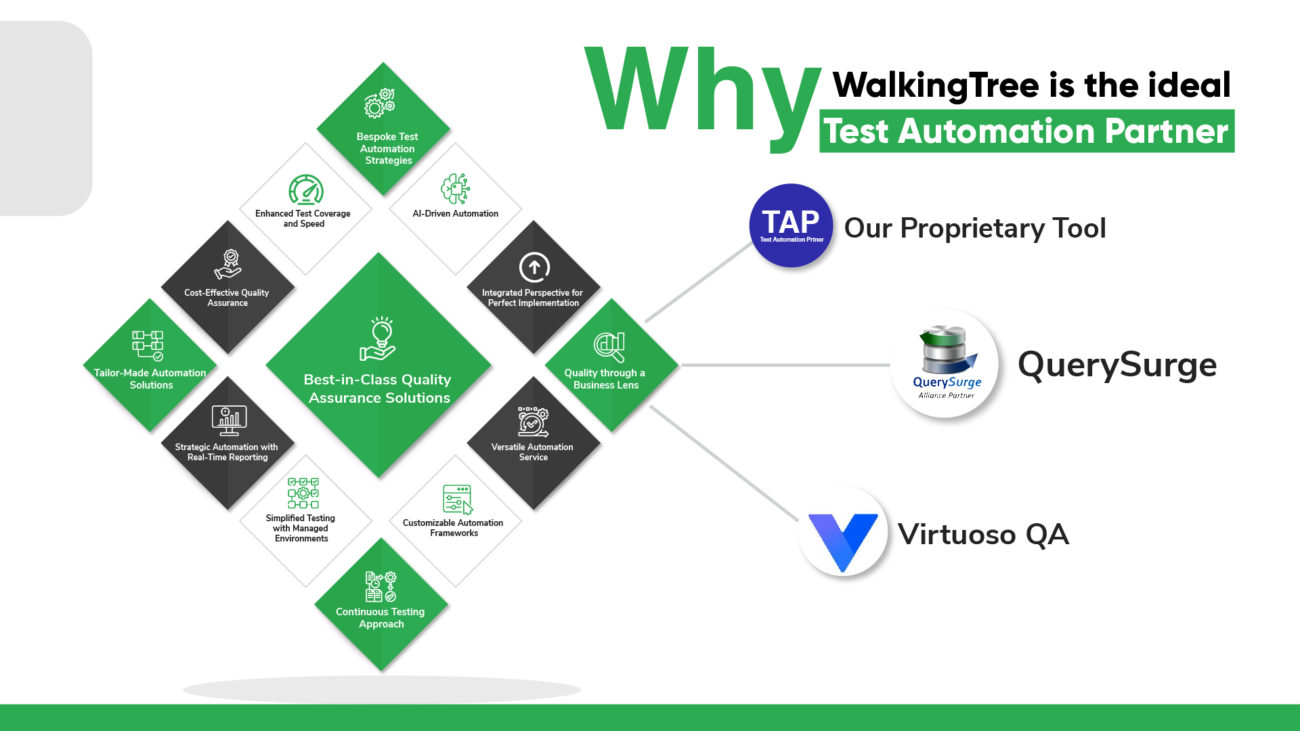
In the quest for the right test automation partner, WalkingTree stands out as a distinguished contender. Our approach to test automation is tailored to meet the dual objectives of achieving impeccable quality at maximum speed, crucial in today’s dynamic software development landscape.
Bespoke Test Automation Strategies: At WalkingTree, we understand that each project has unique needs. That’s why we offer bespoke test automation strategies that minimize risks while focusing on the right interfaces for testing. Our intelligent automation frameworks are designed to address your specific challenges and requirements.
Enhanced Test Coverage and Speed: We are committed to helping you achieve higher test coverage, ensuring superior product quality. Our automated testing approaches are crafted to reduce test execution time by 50-99%, significantly accelerating your release cycles and responding effectively to escalating customer demands.
Cost-Effective Quality Assurance: With WalkingTree, you can minimize the overall cost of quality. By mitigating risks early in the Software Development Life Cycle (SDLC), we ensure a more efficient and cost-effective testing process.
Tailor-Made Automation Solutions: Our team boasts extensive expertise and in-depth domain knowledge across various industries. This rich experience enables us to understand your specific needs and provide tailor-made automation solutions, ensuring a perfect fit for your project requirements.
Strategic Automation with Real-Time Reporting: Our approach to increasing efficiency includes automated real-time reporting and trend analysis. By integrating with Qualiview, our proprietary test analytics platform, we help strategize automation to enhance efficiency.
Simplified Testing with Managed Environments: Our engineers create and maintain managed test environments, utilizing adaptive testing frameworks that simplify automated test case implementation while cutting down overall costs.
Best-in-Class Quality Assurance Solutions: Leverage our vast and varied experience in software testing to receive exceptional, tailored solutions that elevate your product to the next level.
Continuous Testing Approach: We believe in the significance of implementing automation throughout the SDLC. Our approach ensures that automated testing is ready anytime and on demand, providing continuous support for your development efforts.
Customizable Automation Frameworks: We analyze and, if necessary, develop new automation frameworks utilizing tools specifically selected to fit your needs, thereby enhancing your SDLC.
Versatile Automation Services: Offering both onsite and offsite test automation services, we cover a wide array of platforms including web, mobile, desktop, and API.
Quality through a Business Lens: Our teams comprise both business process specialists and top-tier Quality Engineering (QE) minds, creating innovative solutions with a clear focus on quality and your ROI.
Integrated Perspective for Perfect Implementation: We ensure that your upgrade or implementation works flawlessly, both as a standalone and in combination with your unique technology landscape.
AI-Driven Automation: Embracing the future, we integrate artificial intelligence in every project, enabling us to accelerate processes, reduce time-to-market, save costs, and streamline user experience.
TAP – Our Proprietary Tool
WalkingTree’s expertise in test automation is further enhanced by our proprietary tool, TAP (Test Automation Platform). TAP is designed to streamline and optimize the testing process, offering a range of features that include:
Seamless Integration: TAP seamlessly integrates with various tools and platforms, ensuring a cohesive testing environment.
Customizable Workflows: It offers customizable workflows to suit different testing requirements, providing flexibility and efficiency.
Advanced Reporting: With TAP, you get detailed, insightful reports that aid in quick decision-making and ensure transparency throughout the testing process.
User-Friendly Interface: TAP boasts a user-friendly interface, making it accessible for teams with varying levels of technical expertise.
Scalability: It is scalable and adaptable, capable of handling projects of any size and complexity.
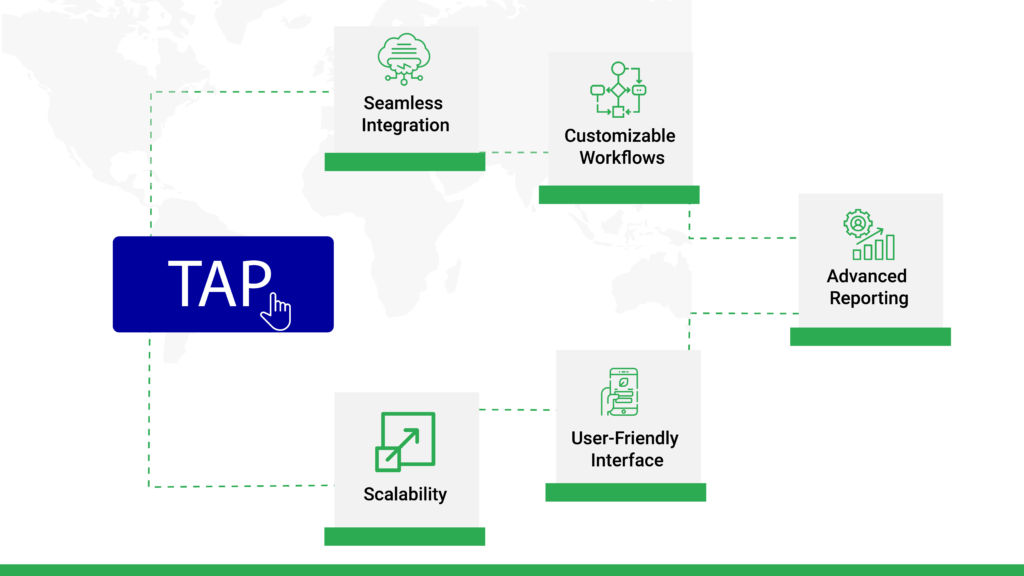
Our partnerships with QuerySurge and Virtuoso QA
Our partnerships with leading test automation solutions like QuerySurge and Virtuoso QA further empower us to provide top-tier services.
QuerySurge
AI-Powered Data Testing: As a partner with QuerySurge, we leverage their AI-powered ETL testing software, which is essential for testers, data architects, ETL developers, BI analysts, and operations teams.
Comprehensive Data Testing: This partnership enables us to provide comprehensive data validation and testing, including data warehouse/ETL testing, big data testing, continuous testing for data, data migration testing, and business intelligence report testing.
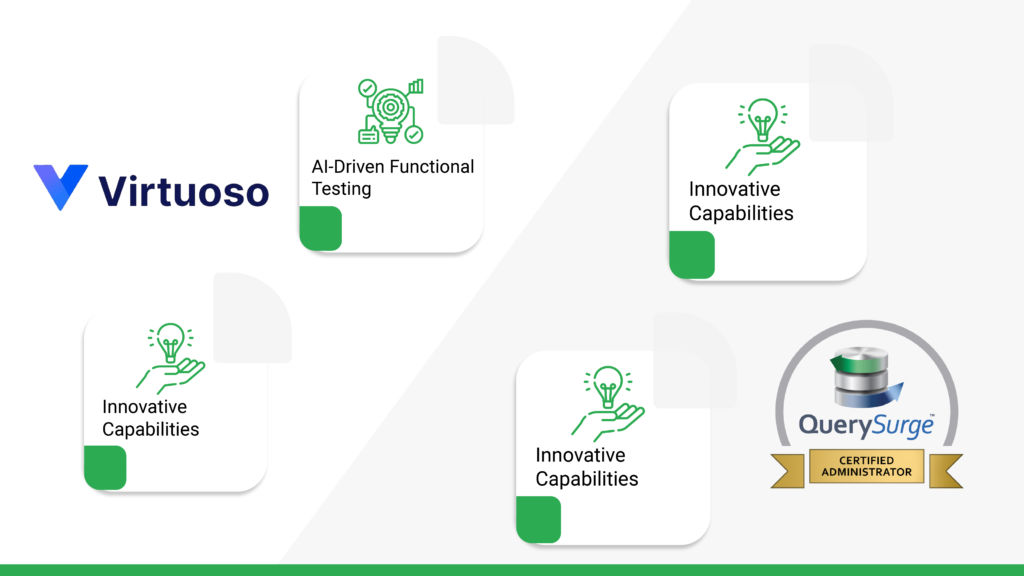
Virtuoso QA
AI-Driven Functional Testing: Virtuoso QA specializes in AI-powered, end-to-end functional testing for web applications, which aligns perfectly with our mission to deliver quality at speed.
Innovative Capabilities: Virtuoso’s capabilities include unrivaled test authoring experience, AI-powered functionality for realistic data generation, and self-healing technology. This partnership enhances our ability to provide intelligent and efficient testing solutions.
|Conclusion
In the evolving landscape of software development, selecting the right test automation partner is a critical decision that can significantly influence the quality, efficiency, and success of your projects. By understanding your specific needs, thoroughly evaluating potential partners, considering key factors, and making a well-informed decision, you can establish a fruitful partnership that not only meets your current requirements but also adapts to future challenges.
Remember, the ideal partnership brings expertise, innovation, and a collaborative approach, aligning closely with your business goals and values. WalkingTree, with its proprietary tool TAP and partnerships with industry leaders like QuerySurge and Virtuoso QA, exemplifies these qualities, positioning itself as an ideal partner in your journey toward achieving automated testing excellence.

